Digital Rights Management (DRM) software is a technology that is designed to protect and manage digital content.

Top 13 Best Digital Rights Management (DRM) Software Tools
VITRIUM
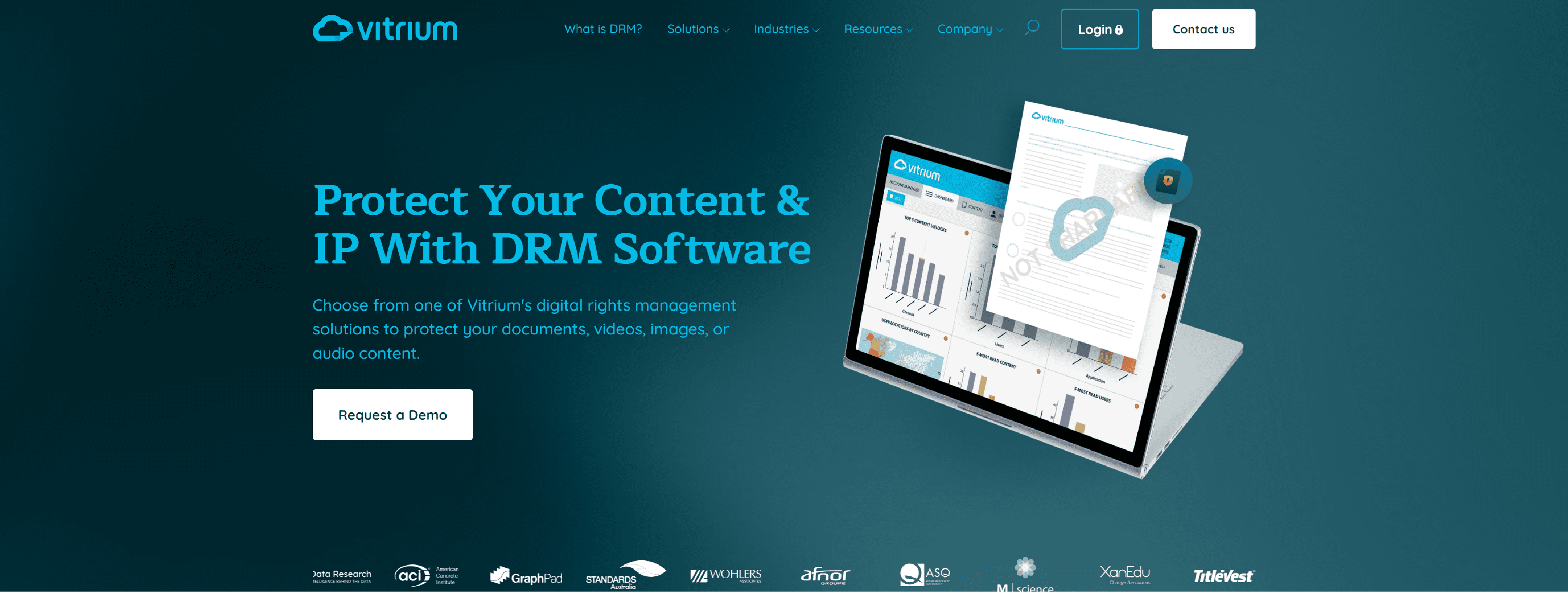
Protect your content with Vitrium Security Pro, essential DRM software to manage and control access to your digital content.
- Protect your documents, images, audio and videos
- Prevent printing, copying, unauthorized downloading or sharing
- Apply DRM controls: expiry dates, device limits, IP restrictions & more
- Distribute content securely & prevent unauthorized access
- Offer seamless access to protected content
- Provide single sign-on access to your end users
DIGIFY

Protect your files with confidence using Digify Digital Rights Management (DRM) solution.
- Control distribution of confidential documents
- Restrict and revoke access to your files
- Track user activity with analytics
GETMAGICBOX
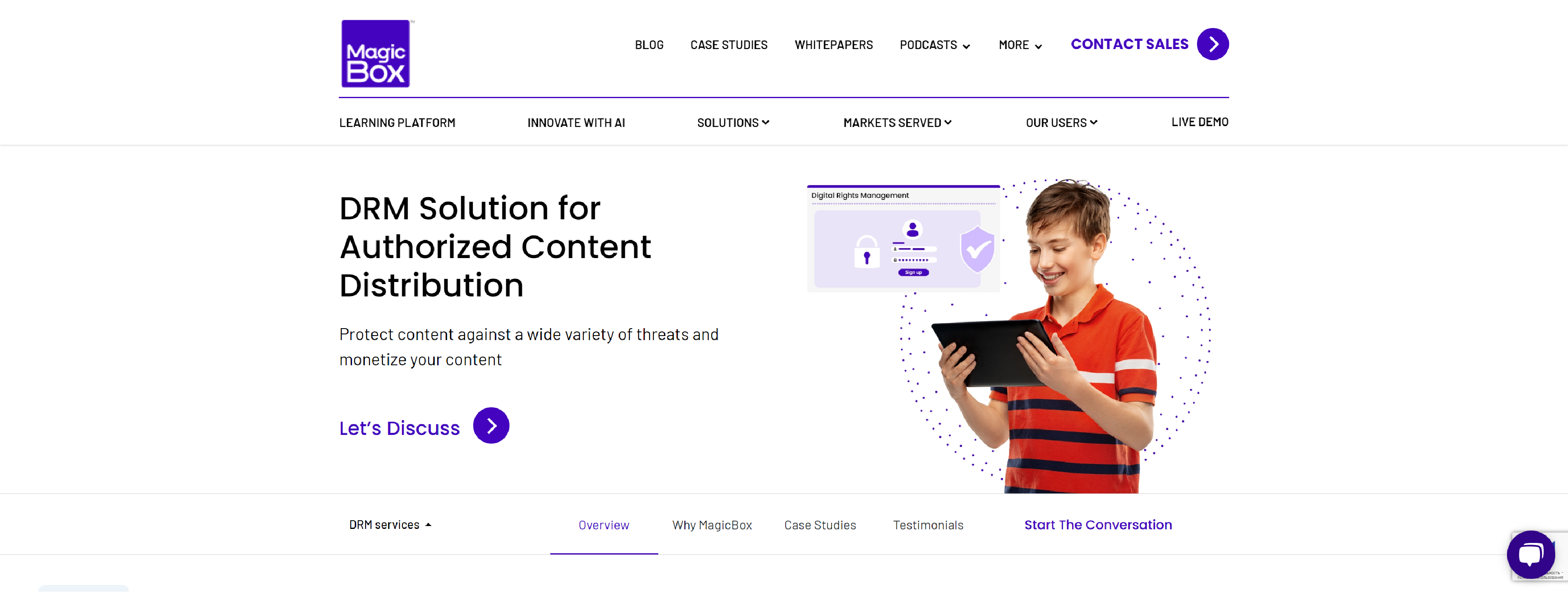
MagicBox platform’s DRM feature helps creators, publishers, and distributors of content to control files for its secure distribution. Control unauthorized distribution of ebooks with our DRM services.
- Prevent users from screen grabbing, printing, or copying digital content
- Ensuring that access to content is available only for the subscribed period
- Restrict the number of devices from which content can be accessed
- Provides teachers and students separate access codes to go along with eBooks
NEXTLABS
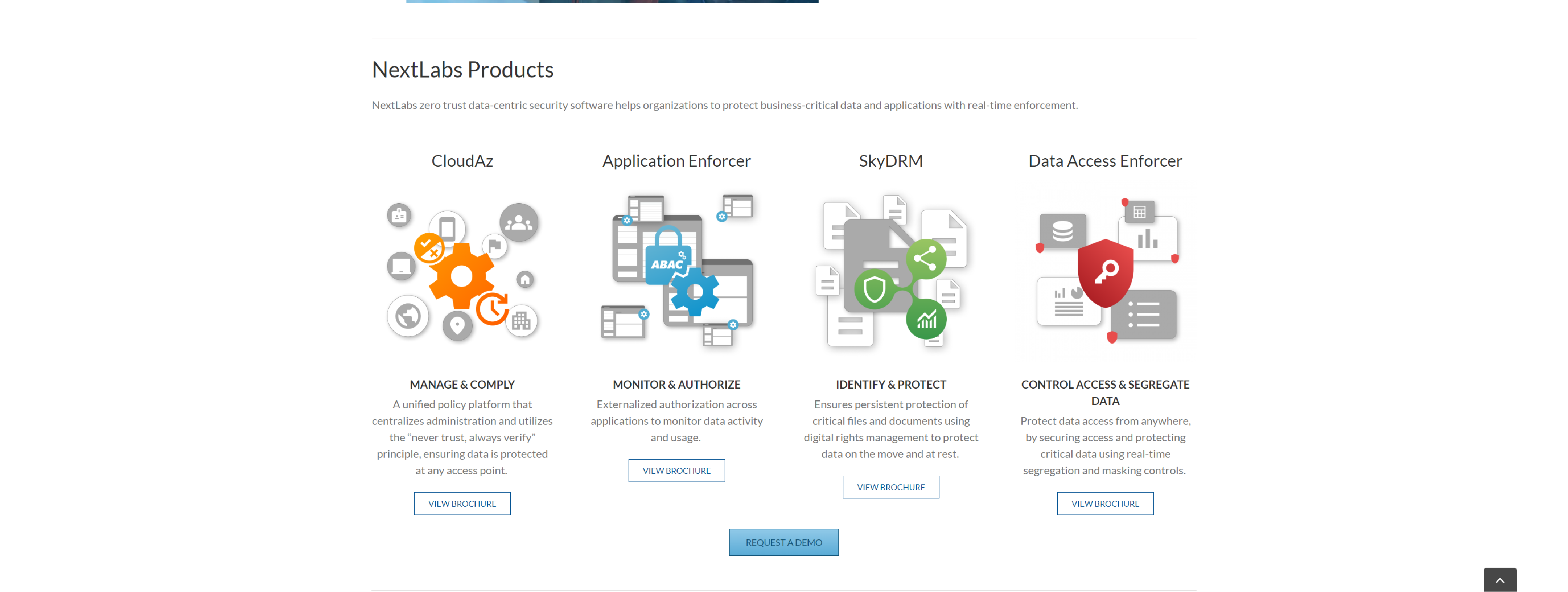
NextLabs Digital Rights Management for enterprise is designed to protect data as it moves and is shared across today’s extended enterprise.
- Attribute-based control
- Integrated Security & Compliance
- Centralized Policy Management
- Anywhere Access
- Any file
- Ad hoc sharing
- Secure information sharing
- Centralized Monitoring & Reporting
- Policy-driven batch classification
- Rights protection
- Automated data organization
- Bulk scanning
- Extensible framework
SECLORE

Seclore browser-based enterprise digital rights management solution. Persistent, granular controls for your most sensitive data and assets.
- Gain visibility of your sensitive data
- Enforce granular usage controls for all enterprise data
- Define and attach granular data-centric usage controls
LOCKLIZARD

Locklizard PDF DRM software enforces DRM controls, uses US Government strength encryption (AES), real-time licensing, and public key technology.
- Stop copying, editing, saving
- Expiry & self-destruct
- Revoke Documents & Users
- Stop or control printing
- Stop Screenshots
- Dynamic Watermarks
- Device Locking
- Location Locking
- Track Document Use
- API Integration
- Simple & Flexible Hosting
- Total Security
CAPLINKED
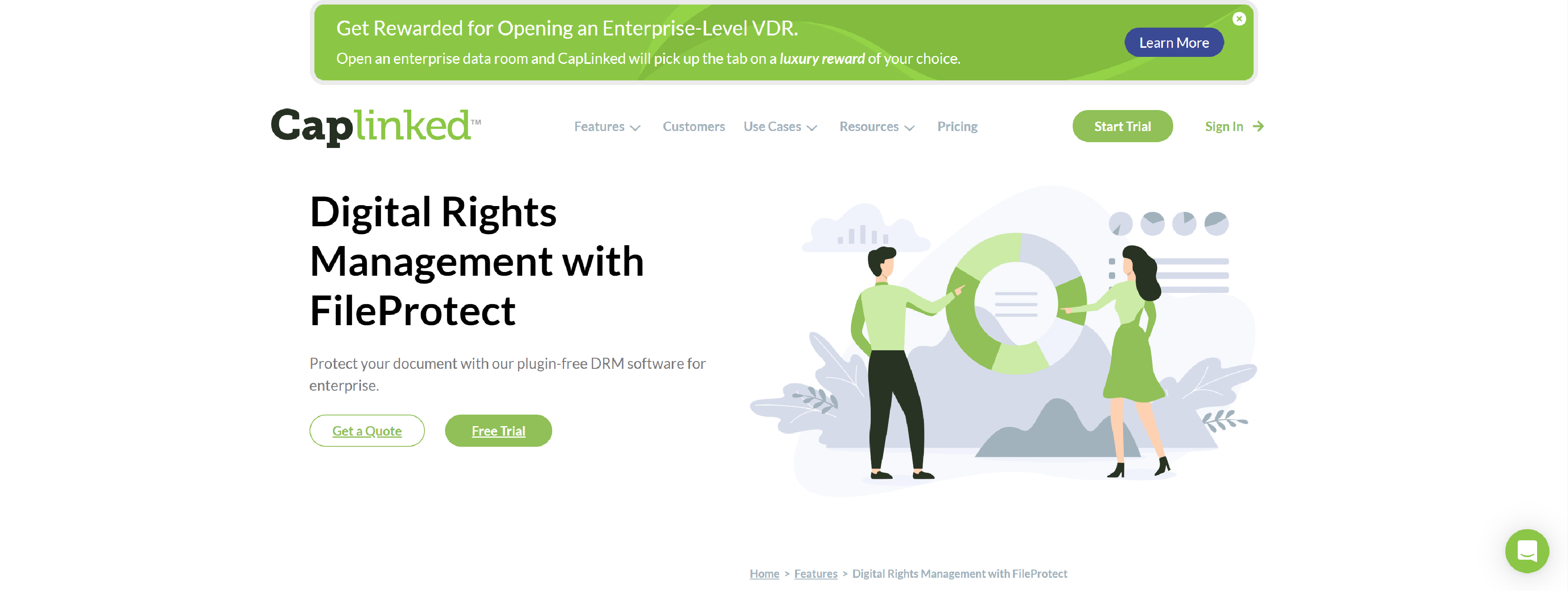
Protect your documents with CapLinked proprietary digital rights management (DRM) software.
- Complete Access Control
- No Plugins. No Updates. Ever.
- DRM Software with Comprehensive Activity Tracking
- Custom Integrations
MATELLIO

Matellio is a software & product development company; our expertise is creating custom next-gen solutions leveraging technologies like AI/ML, IoT, and Big Data.
- Digital Rights Management Solutions
- Easy Sharing DRM Solutions
- DRM Plugin Services
- Role-Based Access Control
DRM-X

DRM-X is the leading copy protection platform. It protects audio/video, PDF, HTML web page, images and JS.
- Security Architecture
- Supports HTML5 DRM Encryption
- Cross Platform DRM
- Dynamic digital watermark
- Smart Prevent Screen Recording
- Integrate with your system
INSTALLAWARE

InstallAware Digital Rights Management is available in all InstallAware editions, beginning with InstallAware 12.
- Protect applications with absolutely zero changes to source code
- Win32, Win64, and .NET applications are supported – 100% protection for you on the Windows platform
- A combination of trialware parameters are available
ORANGELOGIC
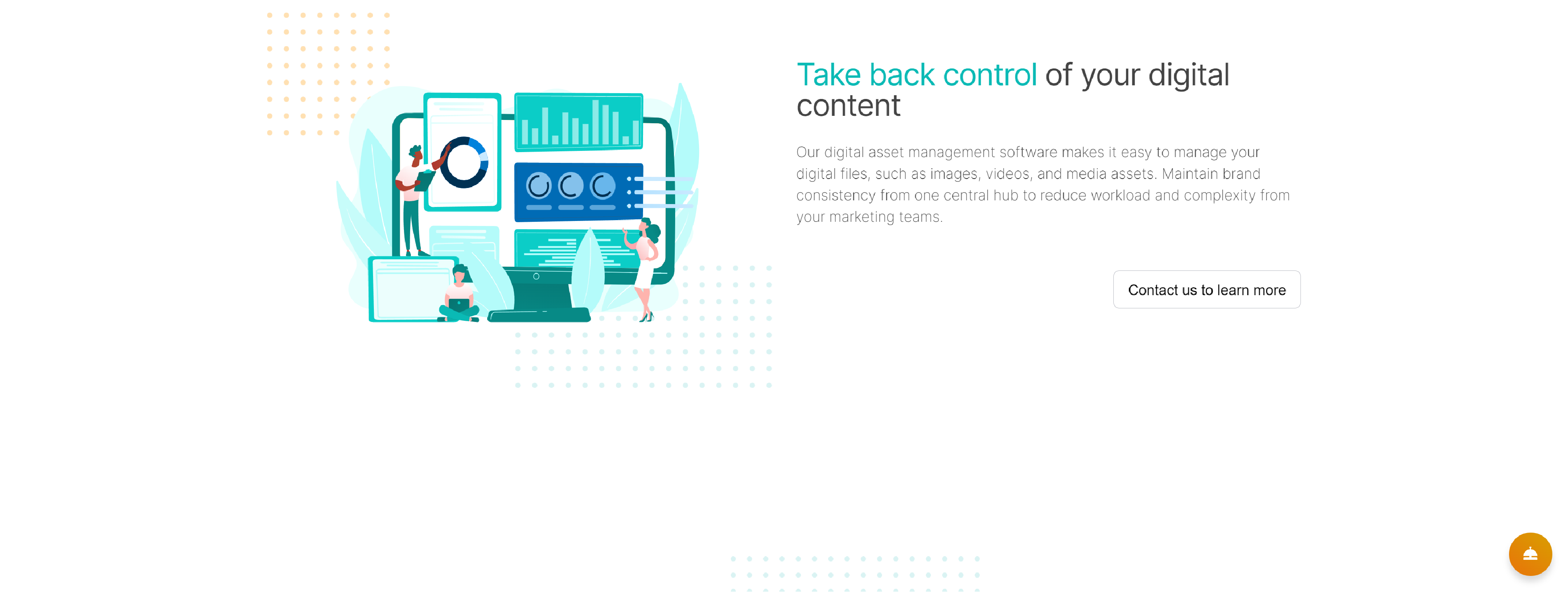
Orange DRM gives you an enterprise digital rights management solution that’s easy to use and keeps assets organized.
- Customizable rights types
- One-screen DRM system
- Expiration & embargo dates
- Customizable watermarks
- Rights approval workflows
- Location-based permissions
- Shopping cart functionality
FORTYSEVEN47
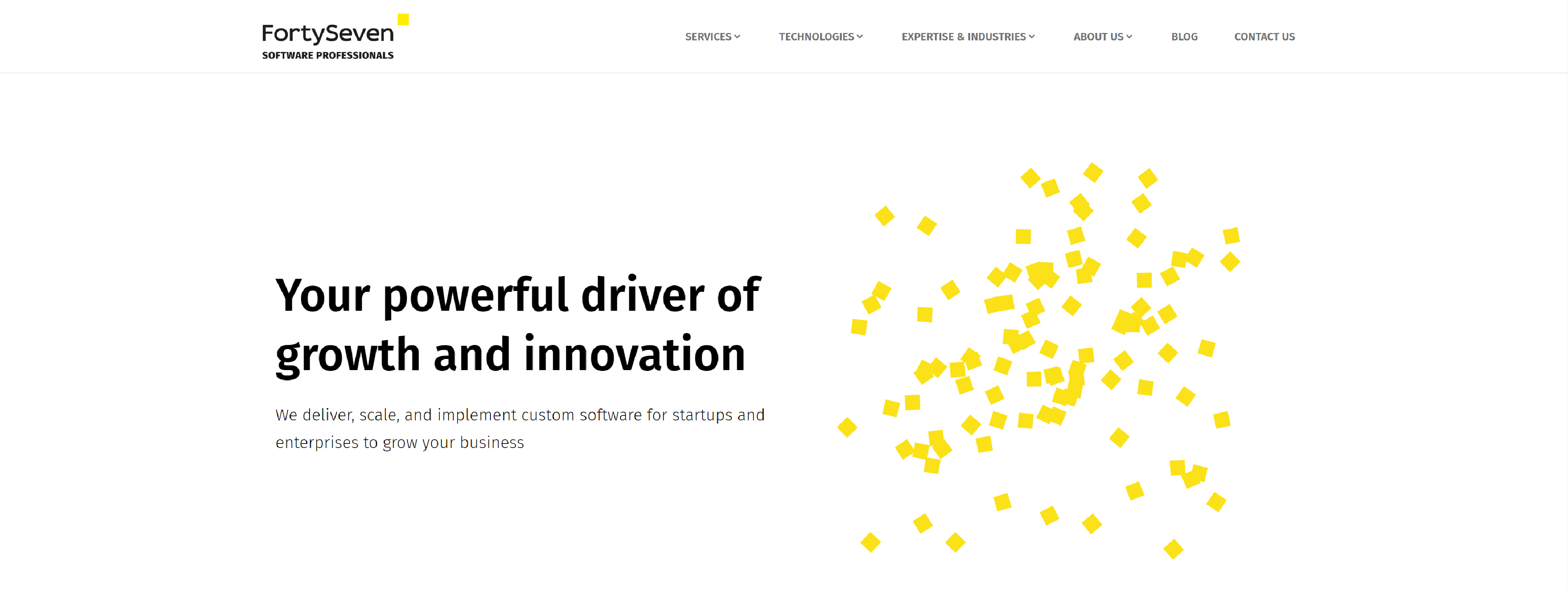
FortySeven Software Professionals offer DRM controls that provide users with a variety of features to help prevent their contents unauthorized redistribution.
- Predictability
- Business communication
- Deep Technology Expertise
- Full IP Control
- Adaptability
- TOP IT Talent
SCAND
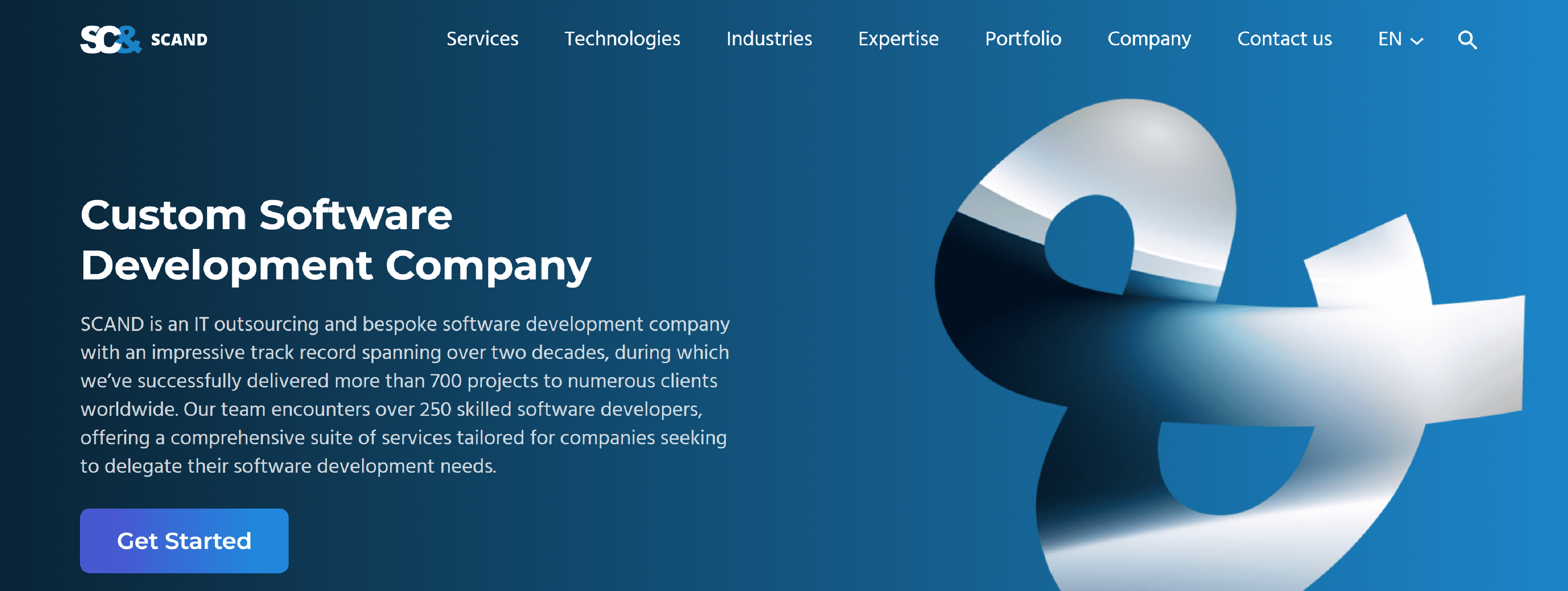
Scand provide DRM software development to publishers, copyright holders, hardware manufacturers, and individual entrepreneurs seeking to inhibit the use of digital content by any third party.